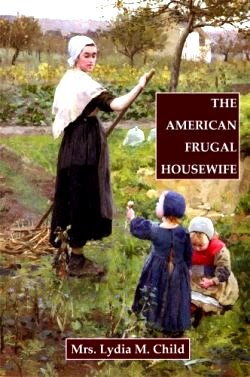Ina Garten has a little article in one of her The Barefoot
Contessa cookbooks about her 10 favorite kitchen tools. She includes big things like her Kitchenaid
mixer and Cuisinart food processor. We have and like those too, but as Myrna and I looked at this – standing in Myrna’s kitchen, I could see the small tools she had hanging up or in her tool “crock”. It got us thinking – what are “our” favorite small
tools?
Sue says:
My kitchen scissors – I use them all
the time for cutting up herbs, cutting up things like chicken, trimming pie
crust…on and on.
Next is my Rösle can opener – once I figured out
how to hold it, I love this. It cuts
through the fold around the top of the can, and you can put the lid back on if
you wish. It stays cleaner because it
never touches the food. It has a nice
big hole to hang it, and I do.
Then a good bottle opener…I use this
all the time to remove lids from home-canned jars. Again, it hangs up. I have a couple of OXO tool racks that are
cheap, sturdy and adjustable to hang tools on.
I love this old (45 years or so)
spatula I got for a wedding gift in a set.
It’s just the right size to serve bar cookies and cake squares; remove
cookies from the pan, etc. It’s got a 2”
wide blade and is about 10” long overall.
If I ever broke or lost it, I would have to find something like it
pronto. I also have a ½ cup ladle and a
narrow metal spatula from this same set that I still use.

I like this stainless shaker with the
plastic cover. It sits out all the time
– I keep it filled with flour for my pastry mat – for pie crust, biscuits,
bread, homemade noodles – you name it.
The cover keeps it from getting moisture inside and keeps it cleaner.
I don’t have a wooden spoon
anymore! I use these OXO silicone
spatulas to stir and scrape everything I mix or cook. They don’t melt; the handles go through the
dish washer… I have about a half dozen of them in my tool crock. I have, however, broken a couple of handles.
I have more of these flat whisks too…I
like the little size for beating up an egg, for instance, and the
silicone-coated one won’t scratch your pan or bowl when you cook custard or
pudding or make salad dressing.
These OXO tongs are great. I have 2 sets this size and another longer
one for canning. I keep them hanging
above my range. Perfect for turning
chicken, serving pasta, all kinds of chores.
I use this microplane zester (it has a
slide-on cover) for my citrus zest.
Last, but not least, my favorite Wingen
Soligen bird’s beak knife I purchased from my landlady’s kitchen shop in
Germany…it’s still razor sharp after all these years and perfect for preparing
fruits and vegetables. It’s MY knife!
Myrna says:
Unlike Sue, I use wooden spoons. I have
several. This is a size I use a lot. I like them and find they can be bleached
to sanitize them if necessary.
Next to the spoon are two different spatulas. The green is silicone I also have
a yellow silicone which are the two I use the most. The white one is longer and
a little harder and fits in jars well.
Then the offset frosting spatula - great for frosting
cakes, brownies etc.
Last is the tool I use the most in my kitchen,
a wire whip. This is all purpose and I would be lost without it.
The first tool is a spaghetti fork? Not sure what the correct term is. I bought
this stainless steel one when my old one finally died. I use it to lift many
items out of hot water besides spaghetti.
The
ladle is from the first year I was married so is over 50 years old. They don’t
make tools like that anymore.
The
pancake turner is one of my personal favorites. I use it for everything. It is
shorter than many others and just fits in anywhere. I use it for pancakes, eggs, etc.; but also
use it to dish up pies and cakes and brownies. I would really be lost without
this because of its size.
Every
kitchen should have a two tined fork. I have this long one and a short handled
one, they are useful for about anything.
I
wonder how many of you will know what the last one is. It came with a “Fry
Daddy” I owned over 15 years ago. The fryer is long gone, but this tool will
always be in my kitchen. You can use it to scoop up or out of most anything. If
it breaks I have seen them in several thrift shops so should be able to replace
it.
I
do have a few other tools I use just not as extensively as these.
Sue
says: I have a scoop like Myrna’s
Fry-Daddy scoop. My first one had a
painted wooden handle until I broke it from hard use; I bought the one I have
now used because I couldn’t find a new replacement. My first one I purchased by itself as a
“thing-a-ma-jig”.
A good
tool is worth its place in the kitchen…good quality, versatility and
appropriateness for its use make them just as important as good tools are to
any workman. I love to browse old
kitchen tools at Flea Markets and Antique Malls – there are some very inventive
ones out there.





































